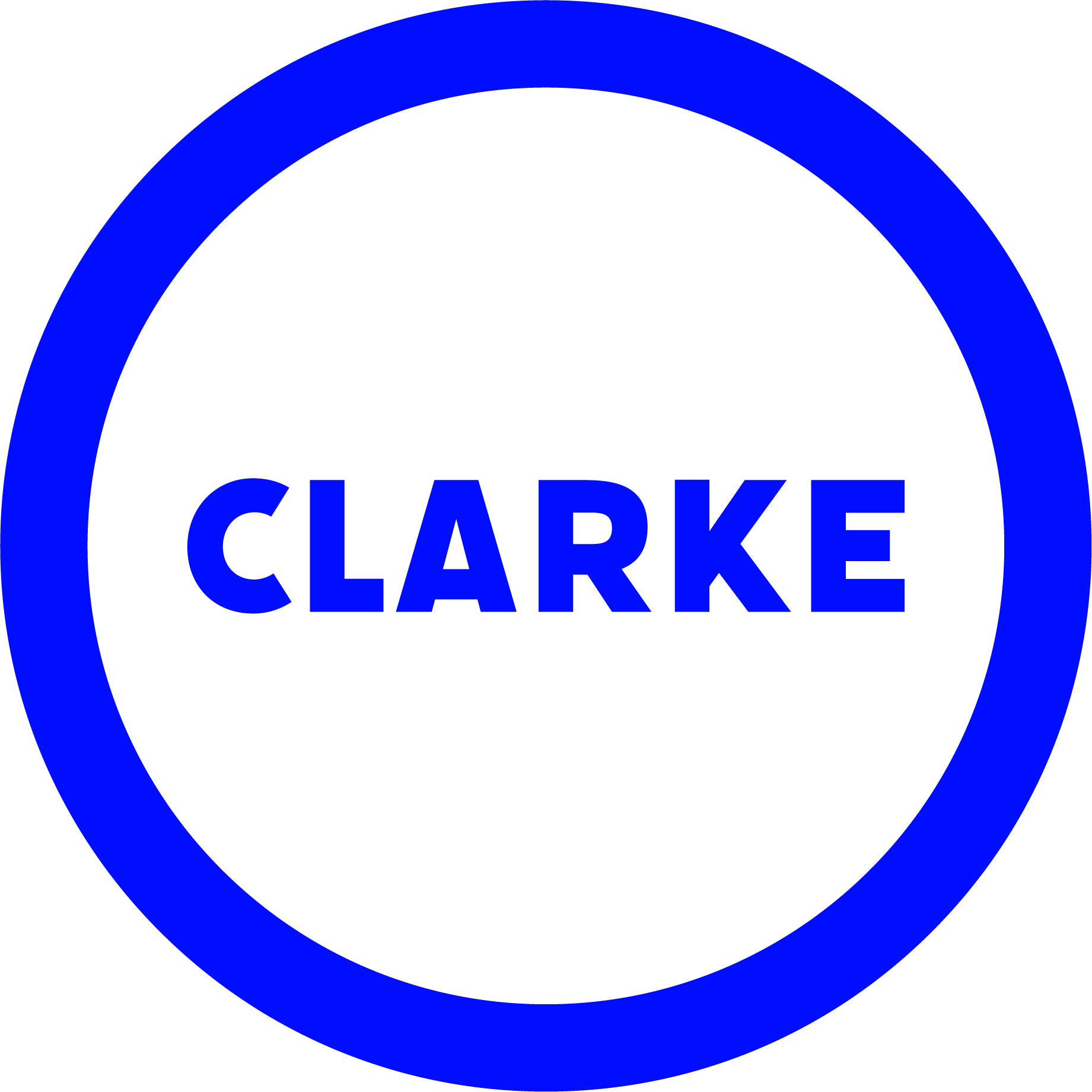Goals and challenges
To design an intuitive interface for field engineers. This UI/UX project aimed to create a user-friendly, durable interface for in-field pipe testing, optimized for remote, challenging environments.
To design an intuitive interface for field engineers. This UI/UX project aimed to create a user-friendly, durable interface for in-field pipe testing, optimized for remote, challenging environments.
Field engineers working in ditches needed a tool that was easy to operate and read from a distance. The interface was designed with large, clear text and simple navigation to ensure usability even in poor viewing conditions and harsh environments.
Research
To design an intuitive interface for field engineers. This UI/UX project aimed to create a user-friendly, durable interface for in-field pipe testing, optimized for remote, challenging environments.
To design an intuitive interface for field engineers. This UI/UX project aimed to create a user-friendly, durable interface for in-field pipe testing, optimized for remote, challenging environments.
Field engineers working in ditches needed a tool that was easy to operate and read from a distance. The interface was designed with large, clear text and simple navigation to ensure usability even in poor viewing conditions and harsh environments.
Above: a user flow which shows how the user will connect the hardware to the software.
Design solutions and key features
Key features were designed for quick comprehension: large buttons, prominent tooltips, and color-coded statuses provide instant feedback on job and tool statuses. The simplified navigation keeps users focused, while the clean, functional layout ensures they can accomplish tasks with minimal instruction.
1. Addition of icon bar to allow easy access to features relevant to each frame.
2. Implementing an improved text hierarchy to allow the most important messaging to be seen first.
3. Removing pop-ups where possible and presenting user feedback on-screen.
4. Improved navigation and button sizing allowing touch-screen use.
5. Focusing on alignment for a better user experience and consistency across the design.
Visual hierarchy and Accessibility
To support quick decision-making, the visual hierarchy uses bold headings and clear labels. Elements are arranged by task priority, with high-contrast text for readability. This layout caters to non-technical users needing immediate access to critical functions, even from a distance.
Outcome and Impact
The final design increased usability for field engineers, allowing them to complete tasks more efficiently with clear navigation and visual feedback. Engineers noted reduced confusion and faster task completion, reinforcing the design’s practicality and user-centered approach.
This project highlighted the importance of designing for specific, real-world conditions and understanding the unique needs of end-users. Simplifying complex tasks for non-technical users taught me to focus on clarity and functionality, balancing visual design with user experience.
